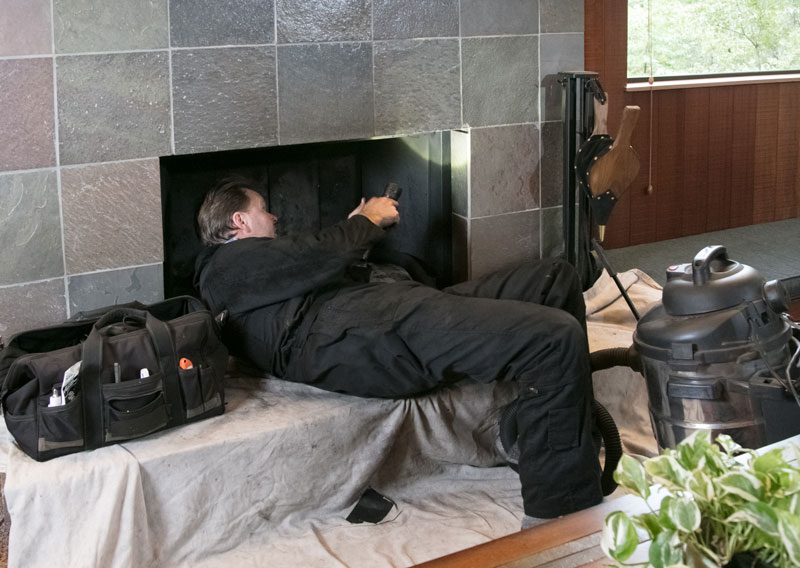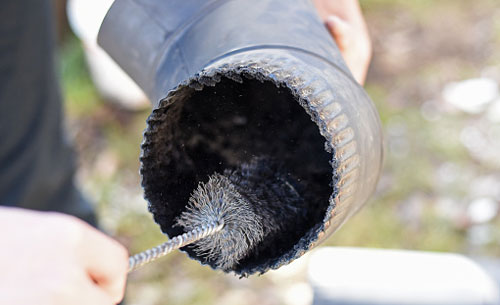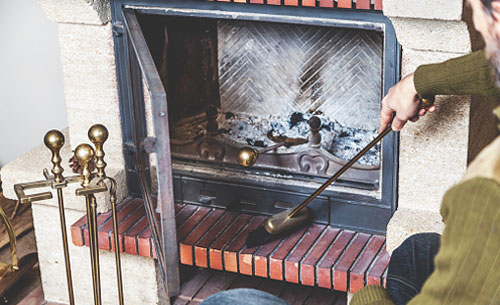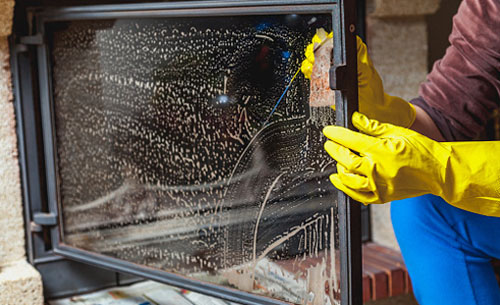Fire It Up
December 16, 2019

How can I keep my home safe this winter?
Excellent question! One of the most overlooked winter heating tools is your in-home fireplace. It’s easy to forget about since you don’t use it year-round. When left uninspected, your fireplace can cause serious damages to your home. So before you light your next fire, follow these steps to make sure it’s in good working order.
- Be certain the damper or flue is open before starting a fire. Keeping the damper or flue open until the fire is out will draw smoke out of the house. The damper can be checked by looking up into the chimney with a flashlight or mirror. Do not close the damper until the embers have completely stopped burning.
- Clean out ashes from previous fires. Levels of ash at the base of the fireplace should be kept to 1 inch or less because a thicker layer restricts the air supply to logs, resulting in more smoke.
- When it comes to your fireplace grate, bigger isn’t necessarily better. According to the CSIA, a metal grate used to hold burning firewood should be no more than two-thirds the size of your fireplace opening.
- The chimney should be checked annually by a professional. Even if the chimney is not due for a cleaning, it is important to check for animal nests or other blockages that could prevent smoke from escaping.
- Put fireplace tools and accessories out of a young child or pet’s reach.
- Install both smoke and carbon monoxide detectors. Test them monthly and change the batteries at least once a year.
- Look for any cracks, gaps, or signs of wear in the lining of the firebox (the interior of the fireplace).
- If the lining has deteriorated to the point that the steel body beneath it is visible, you’ll need to have it professionally repaired. Otherwise, excessive heat can build up inside your fireplace and cause permanent damage.
- Look for telltale smoke stains. Smoke stains can be another signal that your fireplace isn’t functioning properly. If you see stains on the ceiling, smoke could be escaping from a gap between the hearth and the firebox.
- When you buy firewood, store it for use next year. That way, you can be sure it’s properly dried. Store your freshly cut and stacked firewood off the ground. Keep it covered on top, but leave the side open for air to circulate.
- Keep a fire extinguisher on hand.




